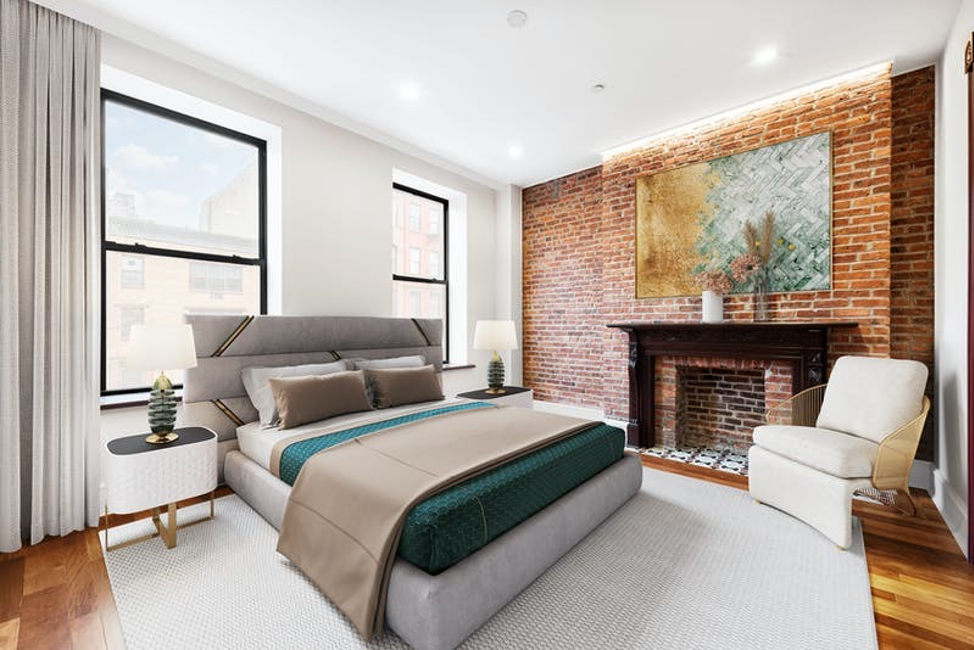At the moment, space and personal privacy are two commodities in rarer supply for New York apartment residents than toilet paper and hand sanitizer during the COVID-19 pandemic.
For those residing in New York City community associations during the age of the global COVID-19 pandemic, the changes have been nothing short of radical. Many are wondering if they’re at danger of direct exposure to the infection if they live in shared communities and buildings.
The Downside of Condo Ownership in the Age of the Coronavirus Pandemic
Not only are condo dwellers expected to comply with federal, state, and community legislation mandating social distancing, masks, and seclusion protocols, they must also follow the policies implemented by their association’s Board of Directors.
While a few of the policies enforced by associations walk a fine line of impending on individual rights, the board of directors has a fiduciary duty towards their unit owners. As such, the Board has to make tough decisions based on the best interest of the entire community and not just individual owners.
Given that Gov. Cuomo’s emergency situation orders have actually been in place since mid-March, condominium and cooperative association boards have adopted various emergency situation guidelines to protect their residents versus risking the additional spread of the infection among their residents.
For example, in-person board meetings are now held by Zoom or virtual teleconference platforms.
Further, some people have actually been confined to their apartments in the wake of the Statewide shelter-in-place order without even the option of retreating to the building’s lounge or gym. Some buildings have closed the shared features as part of the effort to “flatten the curve” – Clubhouses, swimming pools, health clubs, tennis courts, and other amenities have been closed for weeks to enforce social distancing requirements.
Even as associations ease into opening their amenities, most are still forbidding non-residents such as contractors, visitors, and even members of the family from going into the premises so that exposure to residents is contained.
Now some New York residents may find themselves questioning the appeal of apartment living altogether.
Benefits of Residing in a Townhouse During the Coronavirus Pandemic
Residing in a community requires balancing an owner’s rights with the overall community. The individual rights of owners to use their property as they please must be weighed with the rights of others.
Privacy, lack of communal neighbors, and lack of communal workers all make owning a townhouse more beneficial when compared with a condo. Not having the ability to use building facilities, bacteria in elevators, and shared HVAC that can potentially spread the COVID-19 virus does not exist in townhouses or brownstones.
In New York City, a lot of living situations are multi-generational and equate into congested homes and buildings, many residents are fighting with how to quarantine and keep household members safe in conditions that are not conducive to either.
Overall Benefits of Purchasing a Townhouse or Brownstone
Owning a single-family house is the embodiment of the American Dream, which was also the case in areas of New York City for the last century. As the years passed, a brand-new crop of high-rises sprang up to offer views, facilities, and conveniences that lots of New Yorkers were more than happy to welcome in exchange for a little less space and privacy.
The popularity of brownstones in New York started in the late 1800s when wealthy households desired to live in opulent homes on the peaceful side streets and not apartments on the primary avenues. Rich New Yorkers wanted the personal privacy and convenience of a big home in the city.
As architecturally adventurous as some brand-new high-rises can be, some would argue that these cannot contend with the appeal and beauty of historical townhouses. Others value the privacy a single-family home has to offer – rather than crowd onto a condo’s shared roofing deck on a great day, these homeowners get their gardens and/or rooftops all to themselves.
Diverse classes of buyers seem to be drawn to New York high-rises for one common factor: the amenities, which become more luxurious and over the top as time goes on.
With a townhouse, you purchase real property that you completely own, but there will be no condo board controlling what you can do or limiting your renovations decisions. No condo board likewise indicates that the sales process is a lot faster and smoother. As such, you can anticipate closing a lot quicker. Also, when buying a townhouse, you will own a real home instead of an apartment. Townhomes generally feature two or more floors and frequently consist of a yard, deck, balcony, and are normally found on peaceful tree-lined streets.
Townhomes typically entail owning a property that has special design features from the 19th and early 20th centuries. Expect, stunning façades, spiral staircase, decorative fireplaces, and beautiful doorways. New condo developments normally will not include all of these older architectural details.
Which one will fit you best depends upon your own needs and what you’re looking for? Which may change depending on the effects of the Coronavirus pandemic. Townhomes offer much more space and privacy, and you won’t have to worry about any limitations against subleasing and renovations. You won’t have to pay any condo monthly common charges, but that then makes you responsible for handling all upkeep and upkeep.
Certain high-end purchasers may come away from the COVID-19 crisis with a new gratitude for simple designs with visibly defined rooms and doors, while others might be prepared to go one step even further and purchase a townhome. As everybody wants to see how the pandemic and its effects on the real estate market play out, we have a look at the benefits and drawbacks of each type of living arrangement.
Schedule a call with me here if you have any interest in obtaining a complimentary valuation for your home or buyer consultation.
Connect with me on Linkedin or Instagram for more information on the townhouse and multifamily market.
Authored by: Stanley Montfort
To see townhouse inventory, click here.




